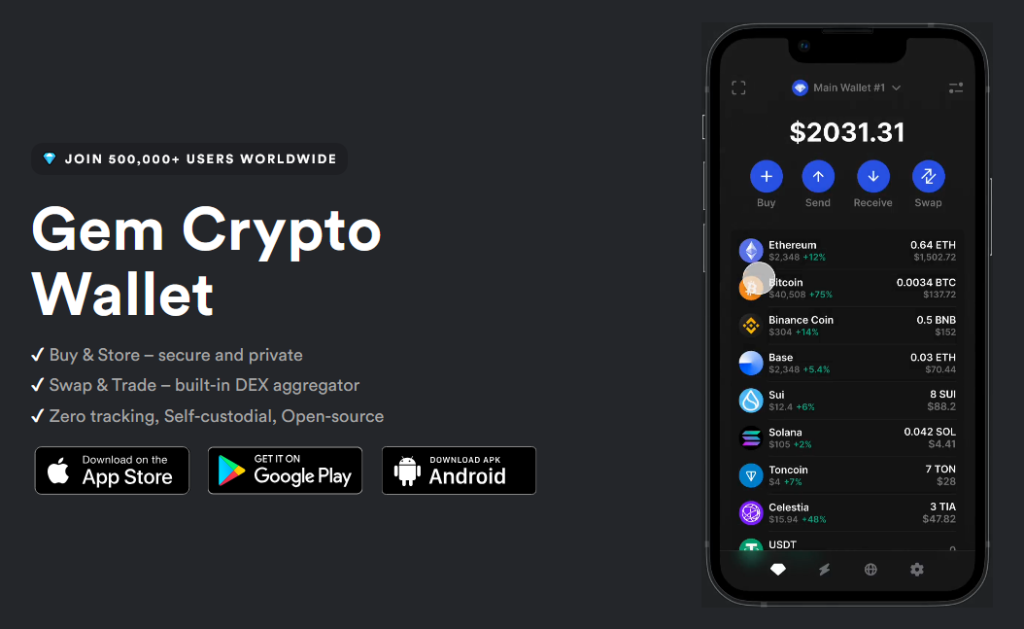The Forex market, a global arena for currency trading, operates 24 hours a day, offering endless opportunities for traders worldwide. Understanding its hours, peak trading periods, and how to strategize can significantly impact your trading success. This article delves into the intricacies of Forex market hours, unveiling the best times to trade and tips for maximizing profits.
Understanding Forex Market Operating Hours

Forex market operates around the clock, five days a week, thanks to global time zone differences and the fact that it’s comprised of a network of computers rather than a single physical exchange. The market opens at 5 p.m. EST on Sunday in Sydney, Australia, and closes at 5 p.m. EST on Friday in New York, making it accessible to traders across the globe at virtually any time. This 24-hour cycle is broken down into three major trading sessions: Asian, European, and North American. The continuous operation is beneficial for those looking to trade outside of traditional stock market hours or those who prefer to trade on news and events as they happen. Despite its non-stop nature, not all trading hours are created equal, with certain times offering more liquidity and volatility than others.
Unveiling the Global Forex Trading Sessions

The Forex market can be segmented into three main trading sessions: the Asian session, the European session, and the North American session. The Asian session kicks off the trading day, marked by the opening of Sydney and Tokyo markets. Following the Asian session, the European session takes over, with London’s market being the most significant due to its strategic location and the volume of Forex transactions processed. Finally, the North American session begins as the New York market opens, overlapping with the late European session, creating a period of heightened volatility and trading volume. Each session has its unique characteristics, influenced by the opening and closing of local financial markets and the macroeconomic news released in each region.
Identifying Peak Forex Trading Periods

Understanding the peak Forex trading periods within these sessions is crucial for traders looking to capitalize on higher volumes and volatility. The overlap between the London and New York sessions, from 8 a.m. to 12 p.m. EST, is considered the most favorable trading time, offering the highest liquidity and movement. Similarly, the Tokyo-London overlap, though less significant, presents opportunities, especially for pairs involving the Japanese Yen. Conversely, the Sydney-Tokyo overlap is known for lower trading volume, potentially leading to less price movement and making it less ideal for day traders seeking volatility.
Comparison Table for Peak Forex Trading Periods
| Time Zone Overlap | Time (EST) | Characteristics |
|---|---|---|
| London/New York | 8 a.m.-12 p.m. | Highest liquidity and volatility |
| Tokyo/London | 3 a.m.-4 a.m. | Moderate liquidity, suitable for JPY pairs |
| Sydney/Tokyo | 7 p.m.-2 a.m. | Lower trading volume, less price movement |
Strategies for Timing Your Forex Trades

To maximize trading effectiveness, strategies tailored to these peak periods and sessions could include focusing on specific currency pairs that are most active during these times. For example, trading EUR/USD during the London/New York overlap or AUD/JPY during the Sydney/Tokyo overlap. Additionally, understanding the impact of economic releases and geopolitical events on currency values and adjusting strategies accordingly can enhance trading outcomes. Traders should also consider their personal schedule and trading style, whether it be day trading, swing trading, or position trading, to identify the best times to trade.
How Time Zones Affect Forex Market Dynamics

The global nature of Forex trading means time zones play a significant role in market dynamics. As one major market closes, another opens, or overlaps, creating periods of heightened activity and opportunities for traders. These dynamics can influence currency pairs differently, depending on which markets are open. For example, pairs involving the British Pound are more volatile during the London session, while pairs involving the Australian Dollar are more active during the Sydney session. Traders need to understand these patterns to anticipate market movements better and plan their trading activities.
Tips for Maximizing Profits in Optimal Trading Windows

To leverage these optimal trading windows, traders should monitor economic calendars for significant news events that could impact currency values. Using technical analysis to identify trends and potential entry and exit points is also crucial during these times of increased volatility. Additionally, employing risk management strategies, such as stop-loss orders, can protect against market reversals. Staying informed about global events and adjusting strategies to the rhythm of the Forex market can significantly enhance profitability and reduce risk.
In conclusion, understanding the Forex market hours, identifying peak trading periods, and employing strategic timing can greatly improve a trader’s success rate. By aligning trading activities with the most active market hours and leveraging the unique characteristics of each session, traders can optimize their chances of achieving profitable outcomes.






